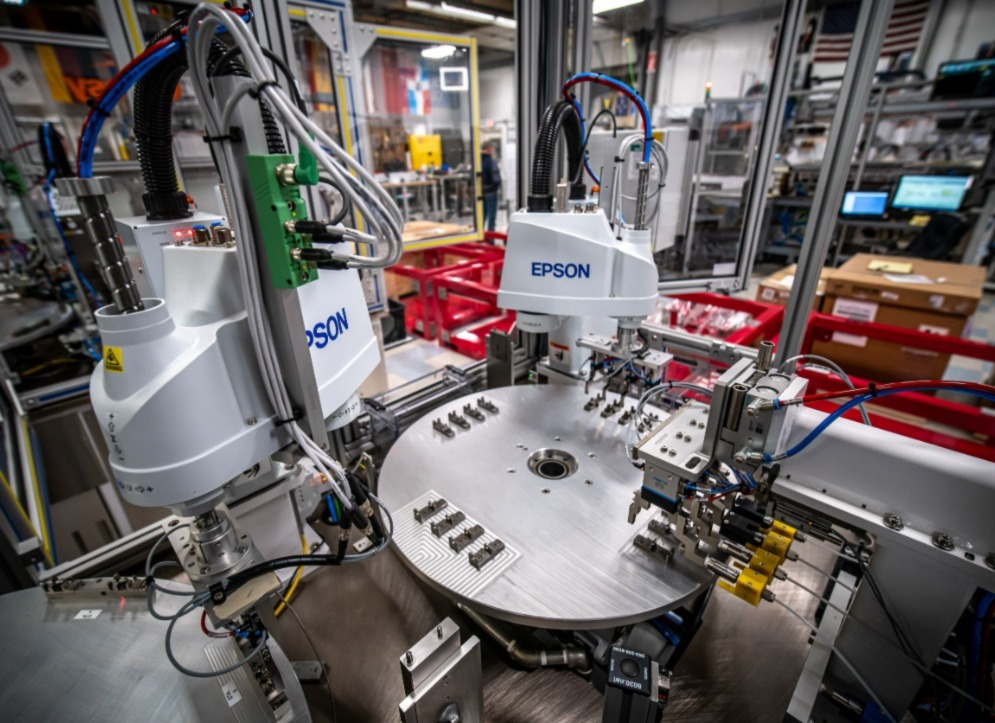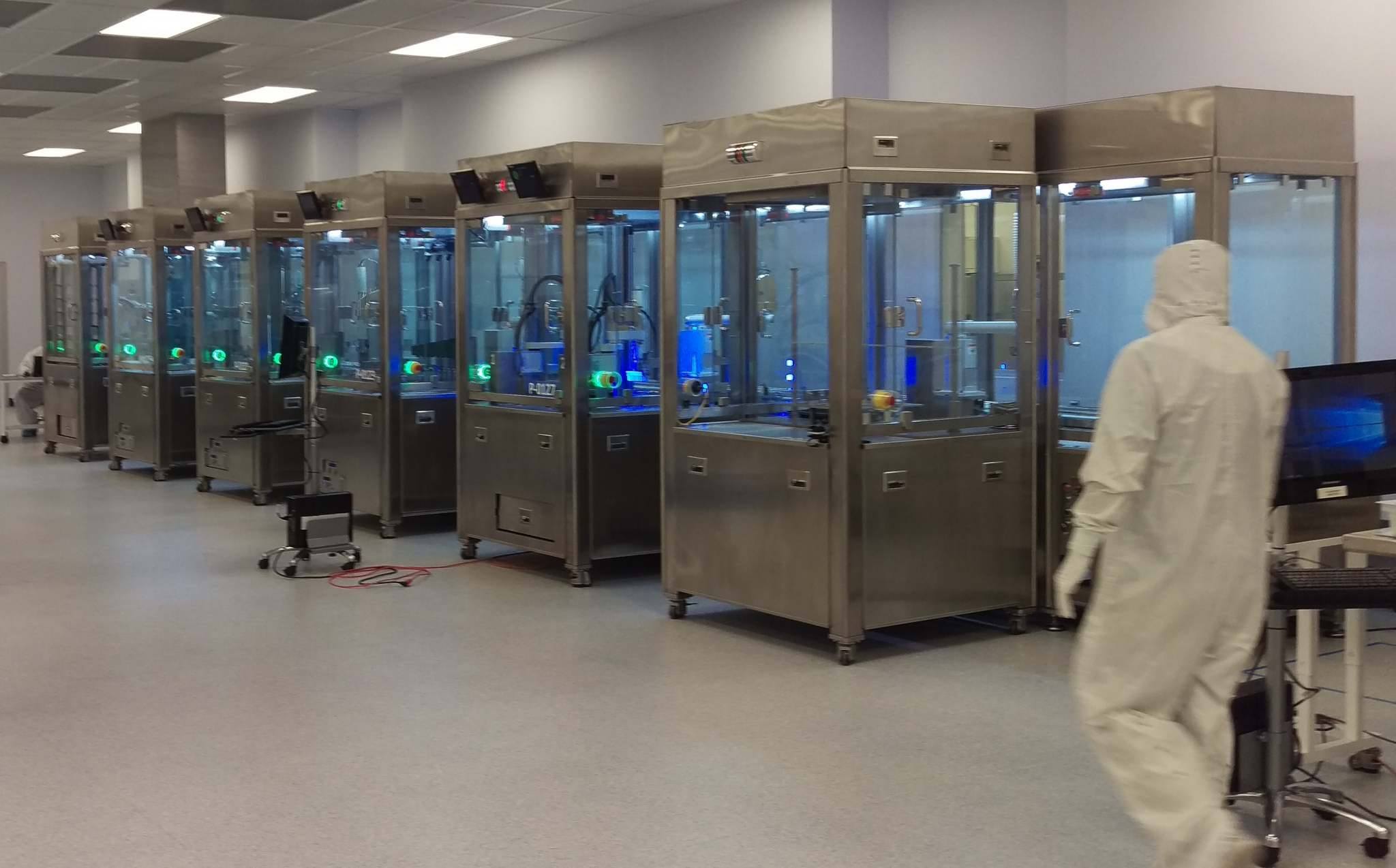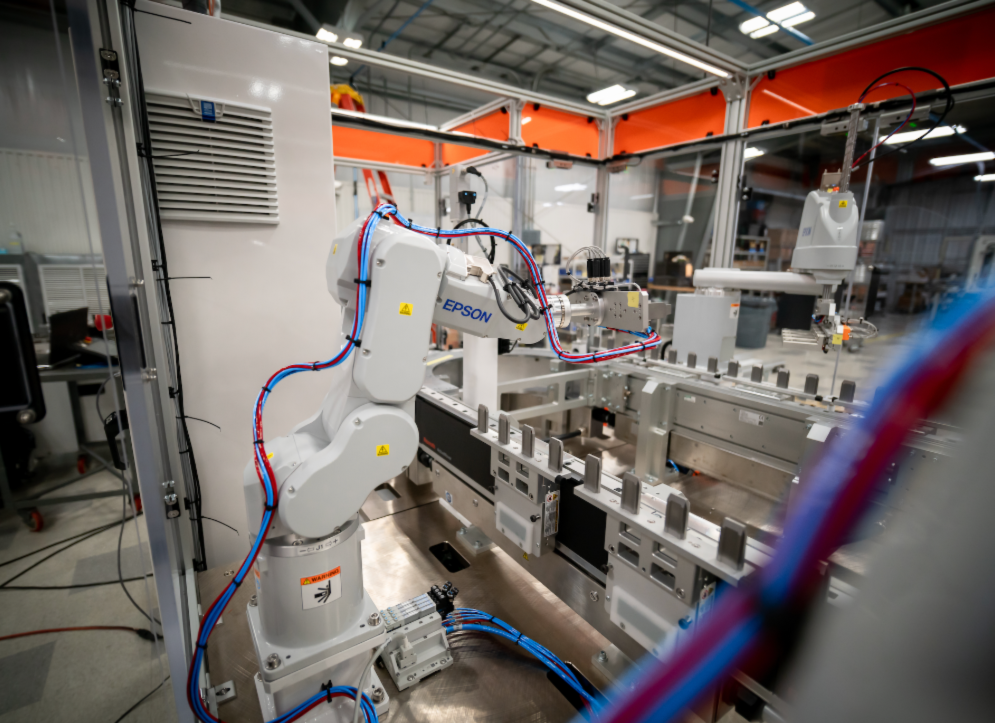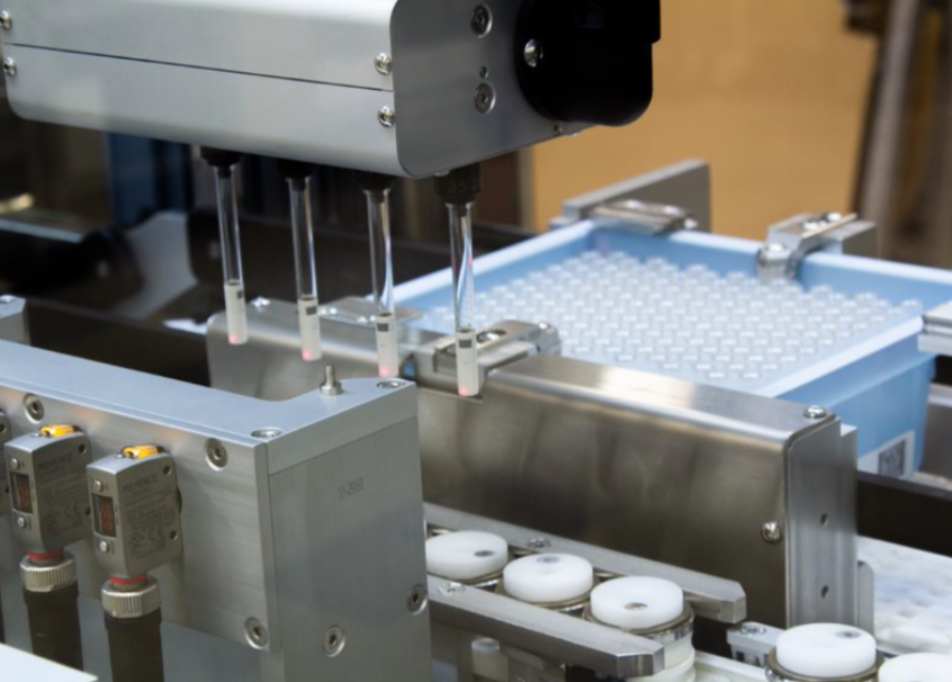Automation Evolution: From Robots to Work Cells, Solo Devices to Integrated Systems
Tessy Automation Industrial Digest
Welcome to this month’s Industrial Digest! In this issue, we explore the latest advancements in industrial automation, robotics, and medical device manufacturing. Our featured articles include “4 Ways to Use Injection Molding in Medical Device Manufacturing”, “Global Robot Operating System Market Growth”, “Automation Evolution: From Robots to Work Cells, Solo Devices to Integrated Systems”, “Robots Help Do More With Less Floor Space”, and a “Case Study on How Industrial Automation Can Make Syringe Manufacturing Faster”. Join us as we dive into the world of industrial technology and discover how it is shaping the future of manufacturing.

4 Ways to Use Injection Molding in Medical Device Manufacturing
The article outlines several applications of injection molding in the production of medical devices with emphasis on the ability of injection molding to create complex geometries, using high-quality materials, producing multi-component parts, and promoting collaboration between manufacturers and molders. It also highlights the importance of biocompatible materials and precision manufacturing techniques in creating medical devices that meet the highest quality and safety standards.

The Global Robot Operating System Market size is expected to reach $954.2 Million by 2028
Analysts expect growth of the global robot operating system market, driven by the increasing demand for automation across various industries, the adoption of collaborative robots, and the need for standardized programming interfaces. The report highlights the key drivers, challenges, and trends in the market, and provides a comprehensive analysis of the competitive landscape.

Automation Evolution: From Robots to Work Cells, Solo Devices to Integrated Systems
The article “Automation Evolution: From Robots to Work Cells, Solo Devices to Integrated Systems” discusses the evolution of automation in manufacturing, from standalone robots to integrated systems. The piece highlights the benefits of using work cells, which are integrated systems that combine multiple automated processes, including robots, conveyors, and sensors. The article emphasizes the importance of flexibility and collaboration in designing automation systems that can adapt to changing production needs and optimize efficiency. Overall, the article provides valuable insights into the future of automation in manufacturing.

Robots: Doing More With Less Floor Space
Think automation needs to take up a lot of space? “Robots: Doing More with Less Floor Space” discusses the use of robots to optimize floorspace in manufacturing facilities. The article emphasizes the ability of robots to perform multiple tasks within a smaller footprint, leading to increased productivity and efficiency. It also highlights examples of manufacturers that have successfully implemented robotic automation to optimize their use of floorspace.

Case Study: Using Industrial Automation To Make Syringe Manufacturing Faster, Safer And Cost-Effective
This case study discusses the benefits of automation in the production of medical syringes by highlighting the ability of automation to improve speed, safety, and cost-effectiveness while maintaining high levels of precision and quality. The case study also provides insights into the design and implementation of automated systems in syringe manufacturing.
